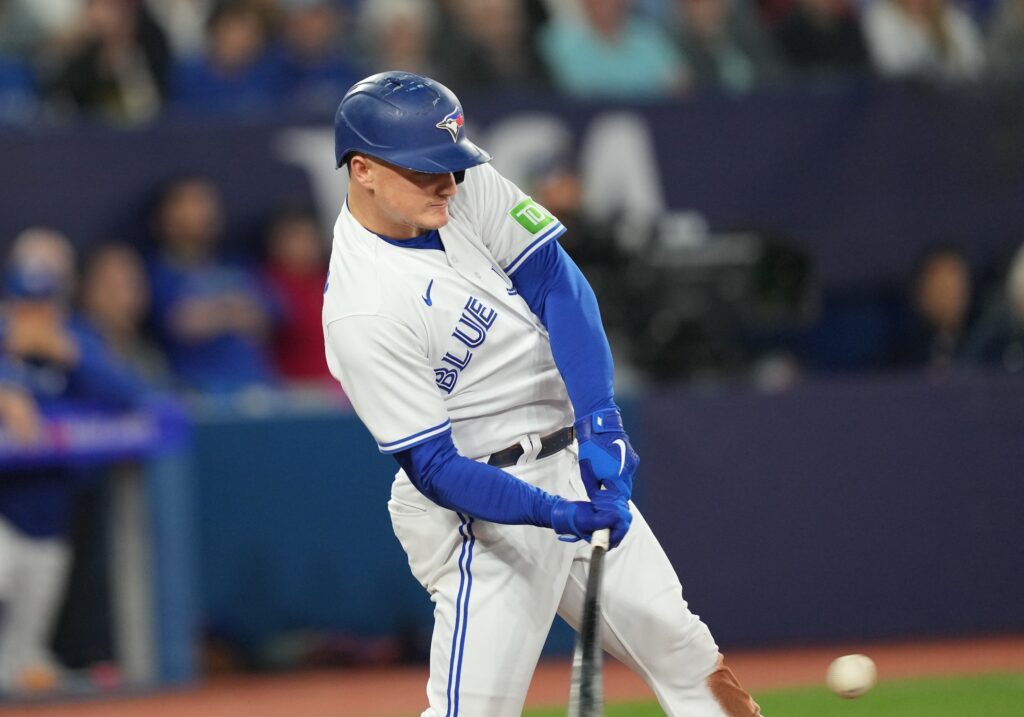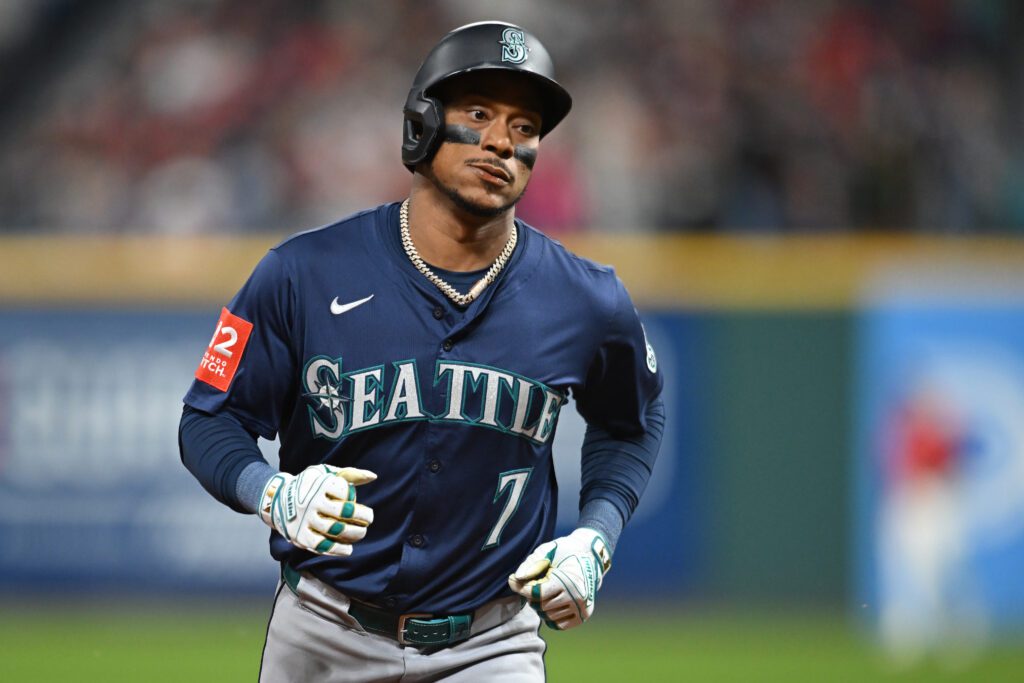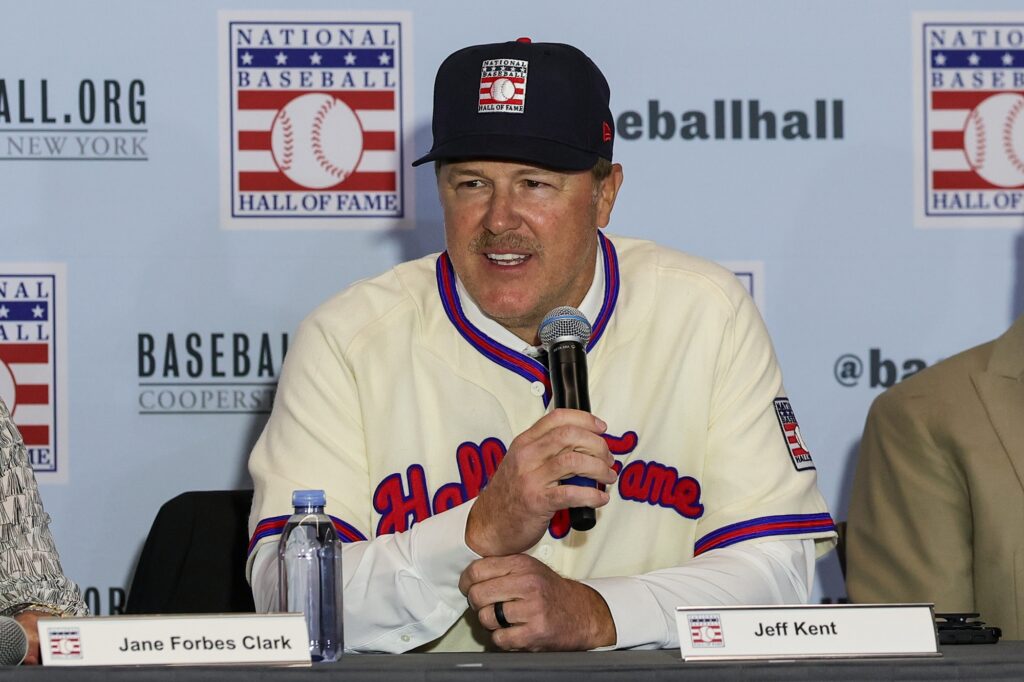The Toronto Blue Jays fan base is still digesting that Shohei Ohtani chose the Los Angeles Dodgers (at least they stopped tracking jets landing in Toronto) but has not given up wondering how their team will address its lack of run production.
MLB.com listed the top powerful bats among this offseason free agents. These are the pros and cons of having the top five of them come into play in Toronto.
Arguments For and Against the Tier 1 Free-Agent Bats Available
Cody Bellinger
Pros: The Jays will get the corner outfielder and the cleanup hitter they desperately need to boost their offense. A lineup with George Springer, Bo Bichette, Vladimir Guerrero Jr., and Cody Bellinger, one after another, would instill fear in opponents.
Cons: Bellinger bounced back in 2023 (he had an OPS+ that placed him 33% above the league average), however, it is uncertain if he will keep the pace in 2024. Before this redemption season, he had three consecutive years to forget. Plus, he is aiming for a pricy long-term deal above 200 million dollars that may become a mid-term burden to the Jays’ payroll. Scott Boras is his agent, and that always implies a strenuous bidding process.
Matt Chapman
Pros: Chapman just won his fourth gold glove, saved the Blue Jays four runs in 2023 (he posted a 4.4 WAR), and is the best available option among the free agents for this position. It looks like none of the Jays’ prospects who are supposed to replace him on third base (Orelvis Martinez and/or Damiano Palmegiani) will provide the same level of defense in such a sensitive spot.
Cons: Chapman, another player represented by Boras, also wants to secure a high-rewarding long-term deal (something near 25 million dollars a year), but his non-elite power batting numbers (he hit one home run every 30 at-bats in 2023), with signs of regression, plus his high strikeout rate (he has a career near 30% rate), will deter any team from sealing the deal without hesitation. Bringing him back for that amount of money will not leave room to sign a power bat, hence the Jays will likely have the same offense problems in 2024.
Jorge Soler
Pros: Soler may provide the Jays home runs with the frequency they need: the 31-year-old slugger had his career-best at-bats per home run ratio (one every 14 AB). He’ll serve as a primary designated hitter but could play right field if needed. His career’s 5.9 WAR and postseason numbers (he has two World Series rings) sound tempting.
Cons: He is not a contact hitter, and his strikeout rate (3.3) is higher than the league average (4.1). The Blue Jays are full of right-handed bats and will add one more if they bring Soler. Another argument is that Soler has had only two stellar seasons, and the rest of his 10-year tenure has been mediocre.
J.D. Martinez
Pros: All the Jays who held the designated hitter spot combined had worse numbers than Martinez in several categories in 2023. For instance, the former Red Sox outfielder hit 33 home runs (versus 31) and had a higher OPS (.893 vs. 769). Martinez is looking for a single or two-year deal and looks like a good fit for the Jays’ win-now bet.
Cons: Martinez is another Boras client, then his acquisition will not be cheap: the Jays should be ready to pay around 20 million per season or more for him. It is not a minor issue that Martinez is a full-time designated hitter who stopped playing outfield often. Don’t count him as your occasional corner outfielder.
Teoscar Hernandez
Pros: Teoscar is still, at his best, a clutch hitter with a 90th-percentile hard-hit rate (49.4%). He is especially lethal against left-handed pitchers (he has a career .887 OPS). Fans and teammates love him: he is remembered as one of the guys who brought joy to the Jays dugout and made Vladimir Guerrero Jr. look happier and more productive. Might a reunion with Teoscar help Guerrero Jr. return to his old MVP-looking self?
Cons: The reasons why the Blue Jays let him remain the same: his glove offers no guarantees in the outfield (his historic defensive WAR is -4.9), and his contact at the plate is not elite (his strikeout rate went above 30% again and struck out nine times in his last 20 regular season at-bats). He declined a qualified offer for a one-year-20-million-dollar contract, so he should be looking for a three-year or longer deal. That is not what the Jays have in mind.
Committing to one or two long-term deals (Chapman and Bellinger) will either compromise the team’s chances to retain their franchise core (Bichette and Guerrero Jr.), or to go big and seal the deal with Juan Soto, who will become a free agent a year from now. It seems more likely they end up closing one or two-year contracts with the other veterans available, play with their in-house resources, and plan to spend more money in 2024.
Main Image: Nick Turchiaro-USA TODAY Sports



